Introduction:
Proper cleaning and sanitation of dairy equipment are crucial for ensuring that dairy products are safe for consumption. It is important to have a well-established cleaning and sanitation program in place to prevent the growth of harmful bacteria and the development of unpleasant flavors in the products. In this article, we will discuss the best practices for cleaning and sanitizing dairy equipment & cleaning and sanitation in dairy industry.
Steps in Cleaning and Sanitation of Dairy Equipment
- Pre Cleaning
- Disassembly
- Cleaning
- CIP (clean-in-place)
- COP (clean-out-of-place)
- Rinsing
- Sanitising
- Drying & Reassembly
- Verification
Step 1: Pre-cleaning
Before beginning the cleaning and sanitation process, it is important to pre-clean the equipment. Pre-cleaning involves removing any visible dirt, debris, or milk residue from the equipment’s surfaces. This can be done using hot water and a cleaning agent that is specifically designed for dairy equipment.
Step 2: Disassembly
Once the equipment has been pre-cleaned, it should be disassembled so that each part can be thoroughly cleaned and sanitized. Disassembly should be done according to the manufacturer’s instructions to prevent damage to the equipment.
Step 3: Cleaning
The cleaning process involves the use of a cleaning agent and hot water to remove any remaining dirt or milk residue from the equipment. The cleaning agent should be chosen based on the type of equipment being cleaned and the type of soil present. It is important to use a cleaning agent that is safe for use on food contact surfaces.
The equipment should be soaked in the cleaning solution for a specific period of time, which will vary depending on the type of cleaning agent and the equipment being cleaned. It is important to follow the manufacturer’s instructions and to ensure that all surfaces of the equipment are thoroughly cleaned.
CIP & COP in cleaning and sanitation of dairy equipment
CIP (clean-in-place) and COP (clean-out-of-place) are two methods commonly used in the dairy industry for cleaning and sanitizing equipment.
CIP cleaning involves cleaning the equipment without the need for disassembly, which is typically accomplished by circulating cleaning and sanitizing solutions through the system using pumps and spray nozzles. This process is efficient and can save time and labor, as the equipment can be cleaned and sanitized without being taken apart.
COP cleaning, on the other hand, involves disassembling the equipment and manually cleaning and sanitizing each part. This method can be more time-consuming and labor-intensive, but it may be necessary for equipment that cannot be cleaned using CIP methods or for equipment that requires deeper cleaning.
Both CIP and COP cleaning methods are important for ensuring that dairy equipment is properly cleaned and sanitized, which is critical for preventing the growth of harmful bacteria and maintaining the safety and quality of dairy products.
Step 4: Rinsing
After the equipment has been cleaned, it should be thoroughly rinsed with hot water to remove any residual cleaning solution. This is important to prevent the cleaning solution from contaminating the dairy product during use.
Step 5: Sanitizing
Sanitizing is the process of killing any remaining bacteria or other harmful microorganisms on the equipment’s surfaces. This is typically done using a chemical sanitizer, such as chlorine or iodine. The sanitizing solution should be prepared according to the manufacturer’s instructions and should be used at the appropriate concentration.
The equipment should be soaked in the sanitizing solution for a specific period of time, which will vary depending on the type of sanitizer being used. It is important to ensure that all surfaces of the equipment are thoroughly sanitized.
. The process typically involves a thorough cleaning of equipment surfaces to remove any organic matter, followed by the application of the sanitizer and allowing it to dry. Effective sanitizing helps ensure the safety and quality of dairy products, and compliance with regulatory standards.
Step 6: Drying and reassembly
After the equipment has been sanitized, it should be thoroughly rinsed with hot water and then allowed to air dry. Once the equipment is dry, it should be reassembled according to the manufacturer’s instructions.
Step 7: Verification
To ensure that the cleaning and sanitizing process has been effective, it is important to verify that the equipment is clean and free of harmful bacteria. This can be done using methods such as visual inspection, swabbing, or testing for ATP (adenosine triphosphate).
The verification of dairy equipment cleaning involves ensuring that all equipment surfaces have been thoroughly cleaned and sanitized to prevent the growth of harmful microorganisms. This can be done through visual inspection and testing methods such as ATP (adenosine triphosphate) swabbing to check for residual organic matter. Regular verification is essential to maintain the safety and quality of dairy products and to comply with regulatory standards.
[PDF] Cleaning and sanitization of dairy equipment PDF – Download
Conclusion:
Proper cleaning and sanitation of dairy equipment are essential for ensuring the safety and quality of dairy products. It is important to have a well-established cleaning and sanitation program in place and to follow the manufacturer’s instructions for each piece of equipment. By following these best practices, dairy processors can ensure that their products are safe and of high quality.

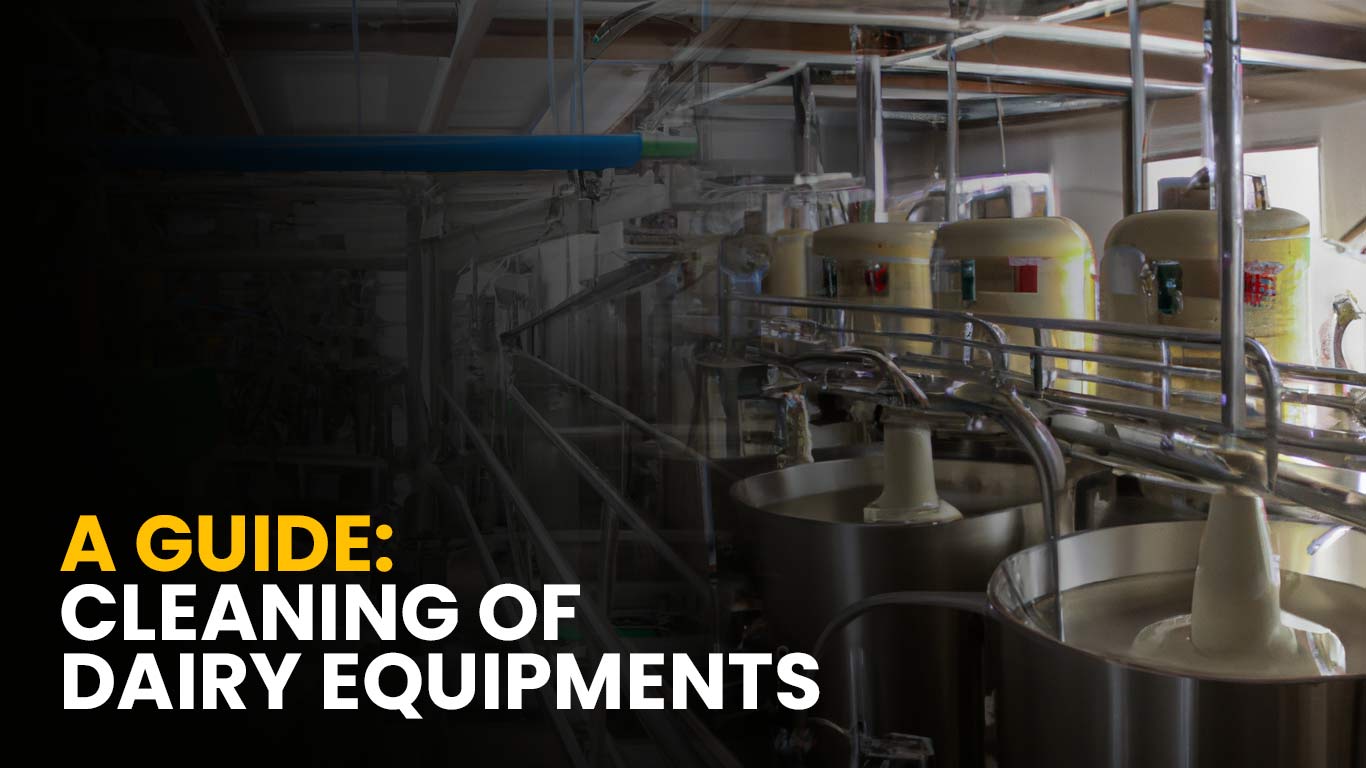

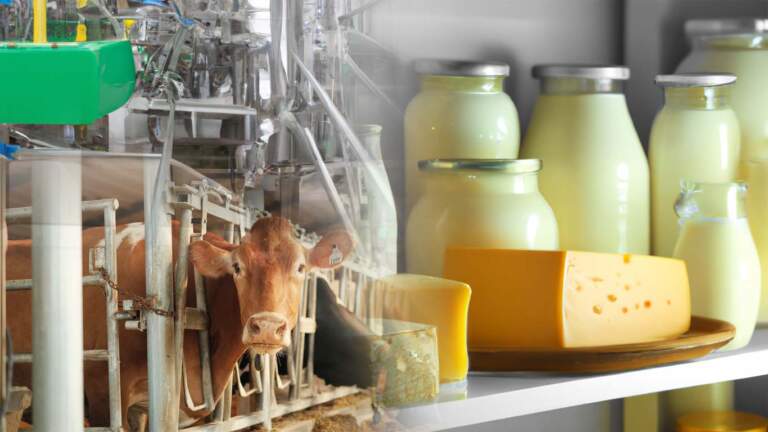
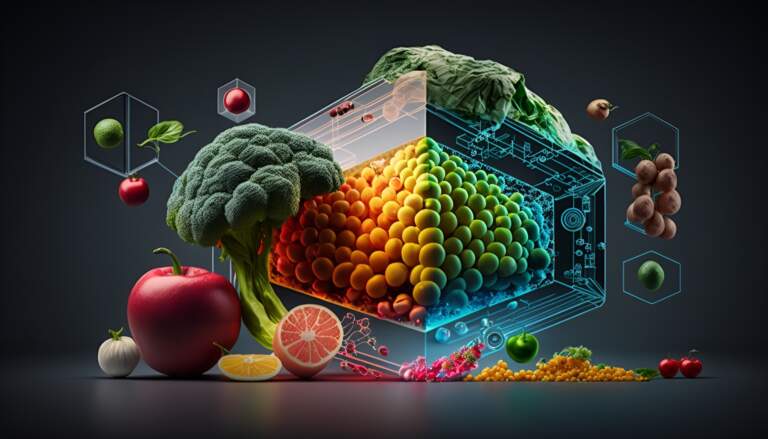
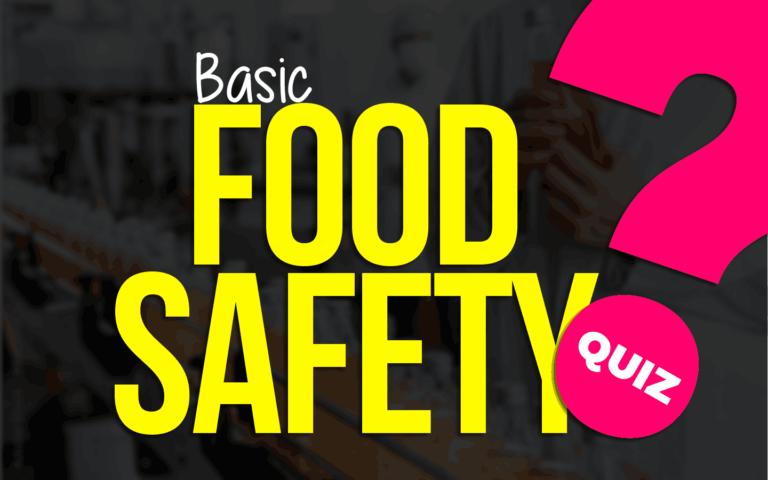



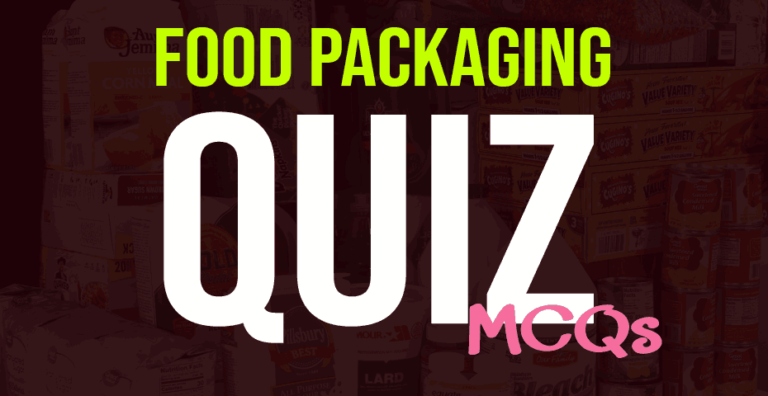
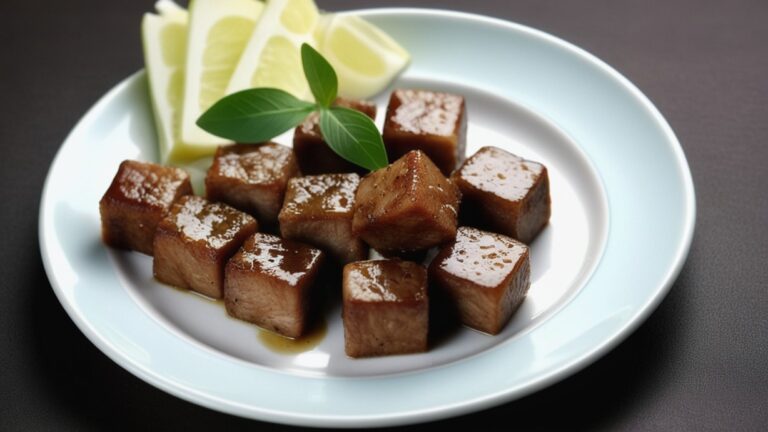
Leave a Comment